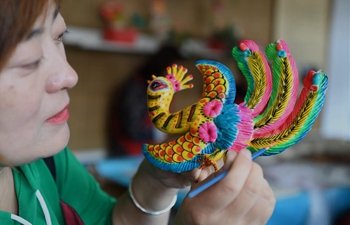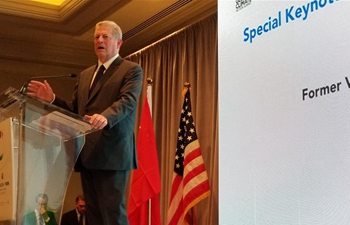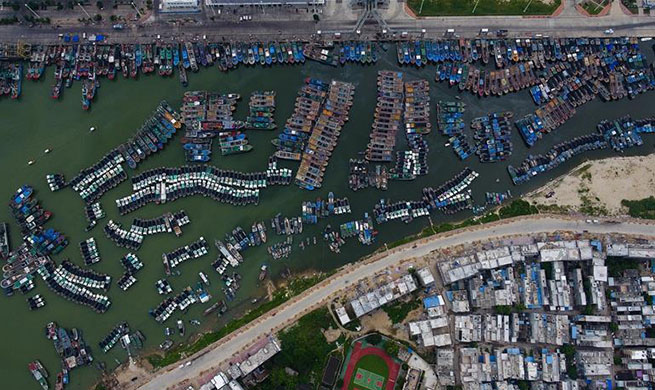JUBA, Sept. 14 (Xinhua)--The World Health Organization (WHO) said Friday it has stepped up efforts by training health workers to accelerate the elimination of human African trypanosomiasis (HAT) or sleeping sickness in South Sudan.
Evans Liyosi, WHO Representative a.i. for South Sudan, said the UN health agency trained health experts on the use of different diagnostic tools and case management.
"Sleeping sickness is endemic in South Sudan. HAT elimination requires combined efforts of WHO, National Sleeping Sickness Control Programmes, and other partners to strengthen control activities and improve the surveillance of the disease," Liyosi said in a statement issued in Juba.
He said the objective of the training was to empower national personnel from seven hospitals located in key HAT endemic areas of South Sudan in charge of HAT control to optimize diagnosis and treatment, strengthen surveillance and plan effective control and elimination activities and reinforce communications and supply chain for an uninterrupted functioning of the sites.
The participants were also provided with laboratory reagents and blood sampling materials for kick-starting new diagnostic capacities in the seven sites.
HAT is a parasitic disease that is fatal if left untreated. The disease is transmitted by the tsetse fly where it mainly affects impoverished rural communities.
According to WHO, South Sudan is one of the countries most affected by sleeping sickness.
In 2018, about 5,400 people were screened for sleeping sickness and 13 patients were treated, according to the WHO.
Since 2006, said WHO, control interventions including access to diagnosis and treatment have been considerably diminished due to insecurity, impassable roads as well as the withdrawal of NGOs providing HAT diagnosis and treatment activities.
The UN health agency said it has laid out a roadmap to eliminate the disease as a public health problem by 2020, by maximizing efficiency in order to achieve elimination.












